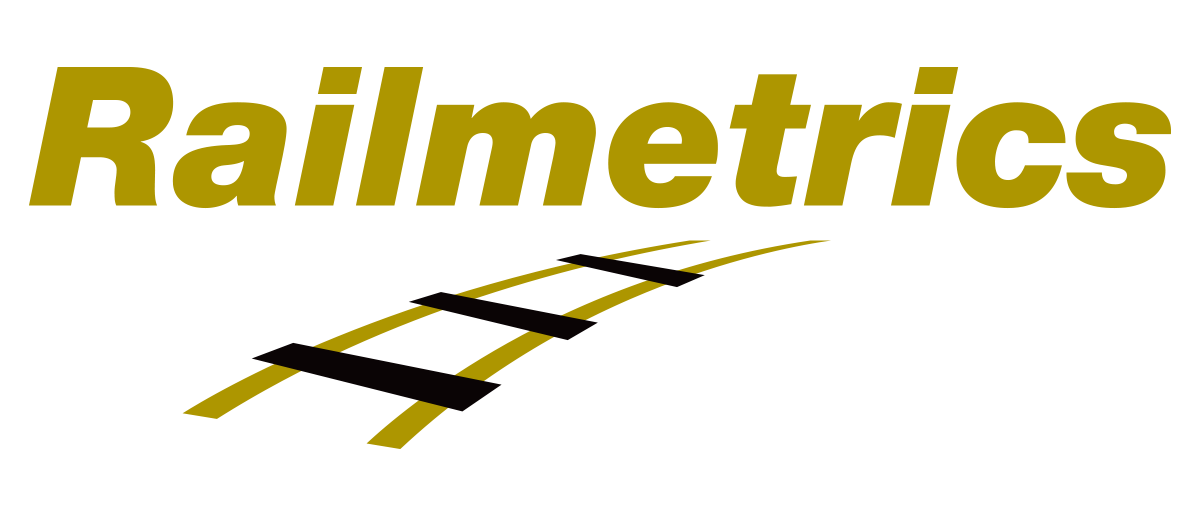
Published Mon 29th Aug 2022
Construction projects in urban or congested environments can give rise to significant challenges in terms of their impact on adjacent buildings or structures. They often require deep excavations which requires the use of heavy vibrating equipment in close proximity to existing structures. This is also true for the construction of replacement bridges which are built next to the existing (and likely deteriorated) bridge structure. Though these are common construction occurrences, they can pose a significant risk to the adjacent structures and therefore these activities require careful planning and engineering in order to prevent damage and potential litigation.
New mid-rise and high-rise buildings in urban neighborhoods often require deep foundation structures ranging from 1 to 5 stories. These are used to accommodate underground parking decks, as well as structural mechanical systems and are often much deeper than the foundations of previous structures as well as those of neighboring properties. Vibration-inducing construction activities elevate the risks to surrounding structures as well as to the general public. Some examples of vibration-inducing activities include:
- Demolition
- Heavy Construction
- Vehicle traffic
- Pile Driving
- Compaction
- Jackhammering
There are many precautions that can be implemented when managing these types of project activity in order to reduce the risk of damage to structures or to costly equipment in neighboring buildings such as MRIs or other precision instrumentation. These precautions include diligent planning and engineering, pre-construction surveys, vibration monitoring, project coordination with neighboring properties, geotechnical testing, monitoring the movement of adjacent structures, and more.
Soils at these project sites can vary from clay to sandy soil to rock, or any combination thereof. Vibrations induced by the aforementioned construction activities can result in different types of damage, depending on the type of soil at the site. Additionally, vibrations can result in densification of the surrounding soil, leading to unintended settlement and movement. This settlement can be devastating to adjacent structures, particularly those constructed of more brittle materials.
Often, construction crews will rely on the frequent surveying of any nearby properties and the project site to ensure that issues such as settlement, deformation or cracking are detected so that control measures can be put in place. However, the mobilization of surveying crews and use of Total Stations can be costly, time consuming, and affected by weather conditions such as high humidity.
Thanks to recent advances in the Industrial Internet of Things (IIOT), construction project managers can take advantage of wireless remote monitoring technology to monitor movement at project sites with minimal cost and without outside contractors installing the equipment. Sensors can monitor for rotational stability (and implicitly structural stability) of the external building walls, as well as the walls of the adjacent structures. Highly compact sensors and communications systems can be installed in just a few hours. Sensors are battery powered and can be left in place for many years; power supply for the comms equipment can be from solar panel or fixed electrical supply - providing a high degree of flexibility with minimal maintenance. With no cables required for comms or power supply the system is tough enough to withstand most construction site conditions.
Since the sensors are part of a mesh network and are tied to live software, alerts can be sent via SMS and email to provide near immediate feedback at any time, should there be any issues with site movement. Additional sensors can be tied into the system and can provide wireless logging of parameters such as strain in temporary props or groundwater level in boreholes. This instrumented alerting system is a much faster, more accurate, and cost-effective process than periodic surveying of the site.
The system is typically configured to upload data automatically at periods of 20 to 30 minutes throughout the course of excavation and construction. Users can easily increase the reporting frequency during higher-risk (higher vibration) activities. The designated team can remotely manage and view site information and guide those on site if need be.
Utilizing these types of IIOT construction site monitoring systems greatly reduces the risks to adjacent structures and the public, and reduces the liability of the construction company. By having near real-time data for high-risk construction activities, site safety is increased while mitigating risks, ultimately leading to a more successful project.
For some examples of our construction monitoring projects, click here











